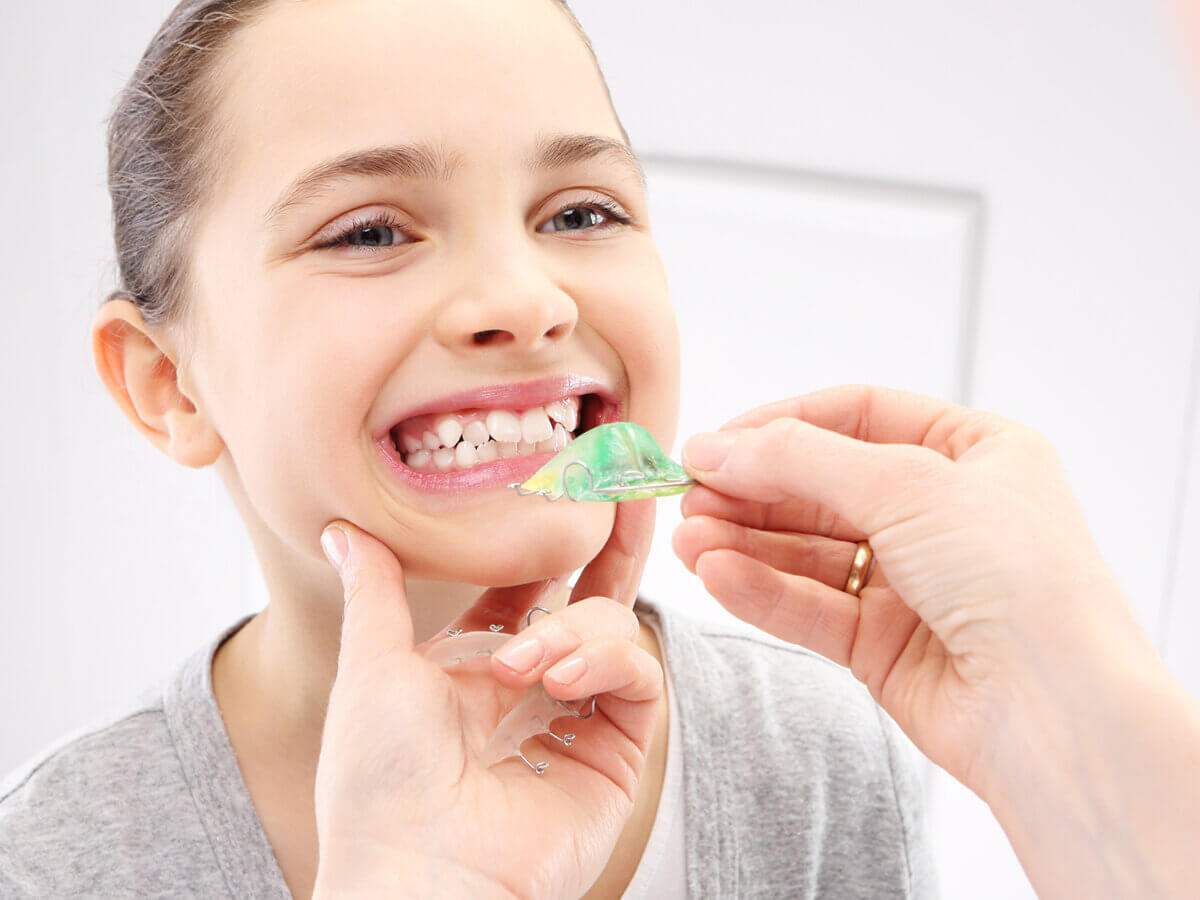Blog
Dental hygiene tips for healthy teeth & gums

Malocclusion of teeth: Causes and Symptoms
Malocclusion is the widely known clinical term for misaligned teeth that can invite various oral health issues such as underbite, overbite, overcrowding and crossbite. As the teeth are misaligned, it becomes challenging to perform essential oral functions such as speaking, biting, and chewing. However, a professional orthodontist is well-trained in treating all kinds of malocclusions and corrects the way your teeth line up in the jaw.
Effective orthodontic treatment includes a wide range of tools and methods to move the misaligned jaw and crooked teeth into the right positions. Before you opt for a treatment, it’s vital to know the causes and symptoms of malocclusion.
Common Causes of Malocclusion
Malocclusions are usually inherited, but may be acquired. Generally, inherited conditions involve a lot or few teeth, too much or too little space between teeth, asymmetrical mouth, jaw size and shape and unusual formation of the jaws and face like a cleft palate. Other main causes of malocclusion inclusion are as follows:
- Tooth loss
- Prolonged use of a pacifier
- Thumb sucking
- Cleft lip and palate
- Injuries and trauma
- Tumors in the mouth
- Bottle feeding
- Impacted tooth
- Lack of oral care
- Airway obstructed by enlarged adenoids or allergies
Symptoms of Malocclusion
Malocclusions may lead to no symptoms at first, or they may lead to pain from the increased stress or oral formation. However, teeth may also show unusual signs of wear on the chewing surfaces or decay in sections of tight overlap. It depends on the kind of malocclusion; the symptoms can be mild, moderate or severe. Some major symptoms are as follows:
- Misaligned teeth
- Discomfort when biting or chewing food
- Speech problems
- Difficulty in breathing through the mouth
- Frequent biting of tongue or cheeks
- Change in the facial structure
Treatment
Malocclusion may be remedied by effective orthodontic treatment. In simple terms, orthodontics is a speciality of the dentistry field that handles the development and correction of dental and facial structures. Mostly, braces are one of the most used orthodontic appliances in the treatment of malocclusion.
Braces apply continuous light force to slowly change the position of the teeth, straightening and adequately aligning them with the opposing teeth. In braces, there are brackets cemented to the surface of every tooth and wires of stainless steel or nickel-titanium alloy. So, when the wires are threaded through the brackets, they apply some pressure against your teeth, leading them to move eventually.
If there is an overcrowding condition, one or more teeth should be extracted (surgically removed), allowing the others space to move. In severe cases of malocclusion, an expert may suggest surgery and refer to another specialist like an oral or maxillofacial surgeon.
After the teeth are into their new position, the braces are removed, and a retainer is given to wear until the teeth stabilize in that position. Retainers are not meant to move teeth, but only to hold them in place for desirable results.
When to Consult the Doctor
In conclusion, you should consult a dentist or orthodontist, if the teeth seem to be misaligned or if your child talks about dental or jaw pain.
Book Appointment to find out which treatment might be best for you.
